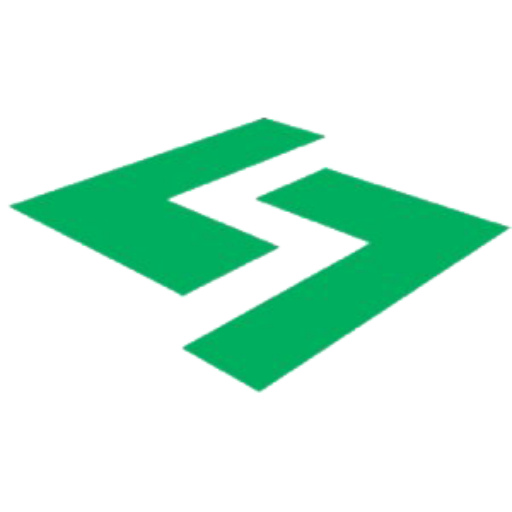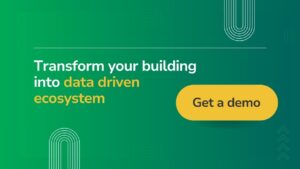Mold in buildings, often undetected until it causes significant issues, poses a real challenge. This blog takes a deep dive into understanding this hidden risk and how IoT technology offers innovative and effective solutions for early detection and prevention.
Understanding Mold in Buildings
Causes and Sources of Mold
Mold in buildings is a common issue that often goes unnoticed. It can thrive in environments where there is excess moisture, which can come from various sources.
Mold grows in damp conditions caused by moisture. About half of the buildings in the US have damp conditions that can cause mold growth, with plumbing leaks being a major cause. High indoor humidity levels, which should not exceed 60%, also create ideal conditions for mold growth. These factors create an ideal breeding ground for mold, which often goes undetected in concealed areas such as behind walls, under floors, or in ceiling tiles.
Health and Structural Impacts
Mold exposure can have a range of significant and varied health implications. It may trigger allergic reactions like sneezing, sore eyes, and skin rashes, exacerbating asthma and other respiratory conditions. In severe cases, exposure to some mold types can result in severe lung infections.
Besides affecting health, mold can also weaken the structural integrity of buildings. As it spreads, mold can break down and deteriorate building materials, leading to costly repairs and long-term maintenance issues.
The Tragic Death of 2 Years Old Child
The tragic case of Awaab Ishak, a two-year-old who passed away in England due to respiratory issues caused by prolonged exposure to mold, has prompted a significant governmental response. Awaab’s passing in January 2023, linked to mold in his family’s house in Rochdale, has brought the severe health risks associated with mold infestation into the spotlight.
This tragedy underscores the urgency for effective mold management in buildings, leading the UK government to reassess and tighten guidelines for landlords. It emphasizes the critical need for vigilant monitoring and prompt action in addressing mold problems to prevent such devastating outcomes in the future.
IoT in Monitoring Environmental Conditions
IoT sensors and devices play a pivotal role in continuously monitoring environmental conditions that contribute to mold growth. These sensors track critical factors such as humidity, temperature, and air quality with high precision.
- Incorporating IoT humidity sensors in buildings, particularly in areas susceptible to high humidity levels, can help to monitor environmental conditions that promote the growth of mold. This way, you can keep a constant watch and prevent mold proliferation.
- Temperature sensors complement humidity monitoring by identifying fluctuations that could condense moisture in poorly ventilated areas.
- Air quality sensors add another layer of monitoring, detecting spores and other pollutants that could indicate the onset of mold growth.
How Sensgreen Smart Building Platform Can Save Your Building From Mold Risk?
The Sensgreen Smart Building Platform addresses the issue of mold growth in buildings through its intelligent features.
Mold Risk Index Calculation
Sensgreen Smart Building Platform can calculate the Mold Risk Index for different zones within a building. This unique index is calculated based on various environmental factors monitored by IoT sensors, such as humidity levels, temperature, and air quality. The Mold Risk Index provides an accurate and measurable value to determine each area’s potential risk for mold growth.
Customized Notifications and Recommendations:
Building managers are able to receive customized notifications based on the readings from the Mold Risk Index. These notifications can be sent through various channels, such as Email, SMS, Whatsapp, or Slack. These alerts include specific recommendations for reducing mold risk in areas with a high-index. Moreover, the platform can automate certain responses, such as activating dehumidifiers in areas where the index reaches a critical level.
Predictive Reports
The platform also serves as a predictive tool. By observing trends and changes in the index over time, the platform can anticipate potential mold problems before they occur and report them. These predictive reports enables proactive measures, such as adjusting the environmental controls or scheduling maintenance, to mitigate mold risk.
Embracing IoT for a Healthier, Safer Environment
Understanding and addressing mold in buildings has made us realize the sneaky nature of this issue and the serious implications it can have on both health and structural stability. It’s not just a matter of maintenance, it’s a critical aspect of safeguarding health and well-being.
Fortunately, the Sensgreen Smart Building Platform offers an innovative and efficient solution to this persistent problem. By utilizing IoT technology, it provides a comprehensive solution to the issue of mold. With such advanced solutions, building managers and occupants can ensure that their environments are comfortable and protected from hidden threats like mold.



